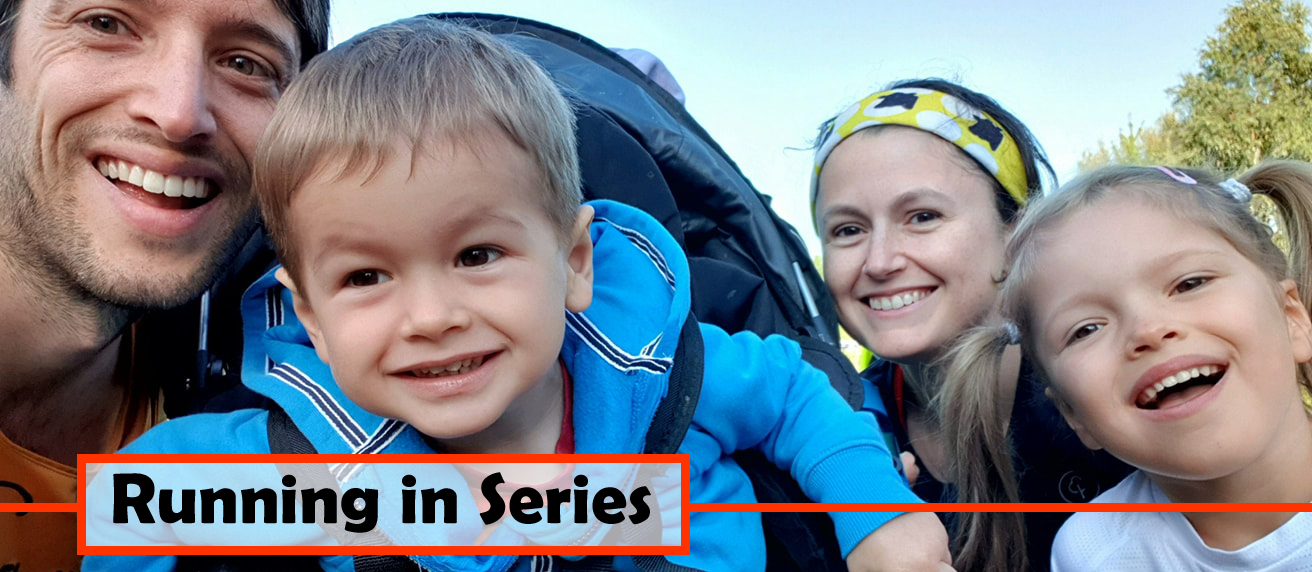In the past few weeks, I’ve been making an effort to incorporate more hills into my training. This came about for two main reasons: Firstly at the start of June I ran the Crewkerne 10k, which was an… undulating race that I was woefully unprepared for. Secondly, I’ve recently been looking through my running logs and realised quite how flat the majority of my runs are. Running in Taunton, and primarily along the river and canal, this is hardly a surprise, but all the more reason that I needed to make a special effort.
So, the Quantock Beast seemed like an ideal opportunity: a small race local race (five miles from home) with a fair bit of climb over a relatively short distance. In the week leading up to the race, I began my “hill hunting” in earnest: last Sunday I tackled (got lost on) Cothelstone Hill, to clock up 258 metres of climbing, easiest my most ever, and then on Tuesday I managed to find 163 metres in a run from my house, which mostly involved trying to run as far from Taunton as I could manage and still get back in time for breakfast. While I’m sure that this will pay dividends with my long-term running development, I did belatedly realise that it perhaps a little foolhardy in terms of short-term race preparation. But then, it’s not like I had a 5.5 mile race time to try and beat!
The race starts and ends at a free admission National Trust property, Fyne Court. This provided a lovely location to mill around in before and after the race, and also an area suitable for my toddler to charge around in while I was racing: something my wife and brother assure me she did plenty of!
A short briefing before the race mentioned some of the marshalling and route problems from the previous year, when a variety of routes were run as people went off track in a few different places. We were assured that this year there were plenty of marshals, arrows and marker tape to prevent the problems being repeated. After a further warning about a fallen tree we’d have to clamber over, we were off! I intentionally positioned myself slightly further back in the pack to try and avoid haring off too fast, but the plan back-fired slightly, as after an initial road section, we climbed onto some narrow paths on which overtaking was impossible. I spent a while stuck running slower than I would like, but when the path opened up onto a field, I was able to move through the pack in front of me a little more easily. Around this point, I fell into sync with a runner in a fluorescent vest, and we ran together for most of the next two miles. Which was a steep descent, followed by a long, long, long ascent.
I soon adopted a tactic of run – walking up the hill. For all those around me were running quickly enough that I did drop back when I walked, I found I was gradually making up ground on those ahead of me by doing it. I know some people try to avoid walking during a run, but personally, in a race, I’ll use which ever method I think will get me to the end quickest. Towards the top of the hill, I began to pull away from the runner I’d been with for a while: at the end he told me that he’d tried his best to stay with me, but just hadn’t been able to.
The climb got a little muddier towards the top, although the hot weather recently made the terrain much better than it could be. One runner I spoke to on the climb said that things had been a lot worse last year! I passed two more runners during the final stage of the ascent, and slotted in behind a chap from Weston AC as we weaved our way through the trees. At one point, one of the arrows had fallen slightly and appeared to be pointing down the right-hand fork, but the marker tape continued along the left-hand fork, and so we headed that way. (Apparently, not everyone did, and there was a fair bit of moaning and groaning at the end about people going off course “again”! Personally, I felt that the marking was fine, although as I was following another runner through this section I can’t tell for sure whether I’d have gone wrong or not if I was on my own.)
The route dropped downhill from this point, and soon moved onto the road for the last mile. I allowed myself to speed up as we cruised downhill, although I was a little wary that I didn’t know the course well enough to be sure that there wasn’t another climb or off-road section, so I was careful not to push too hard. As it turned out, I ran my fastest kilometre of the year to end the race, and even put in a sprint finish, despite there being no one close in front or behind me. Although I was slightly worried that I would trip over the toddler who ran out into the finish funnel in front of me… yes, my own daughter!
After a chat with a few other members of the club, including a couple that I hadn’t seen at the start, we headed home, to enjoy a well deserved (in my opinion at least) Nando’s!
























